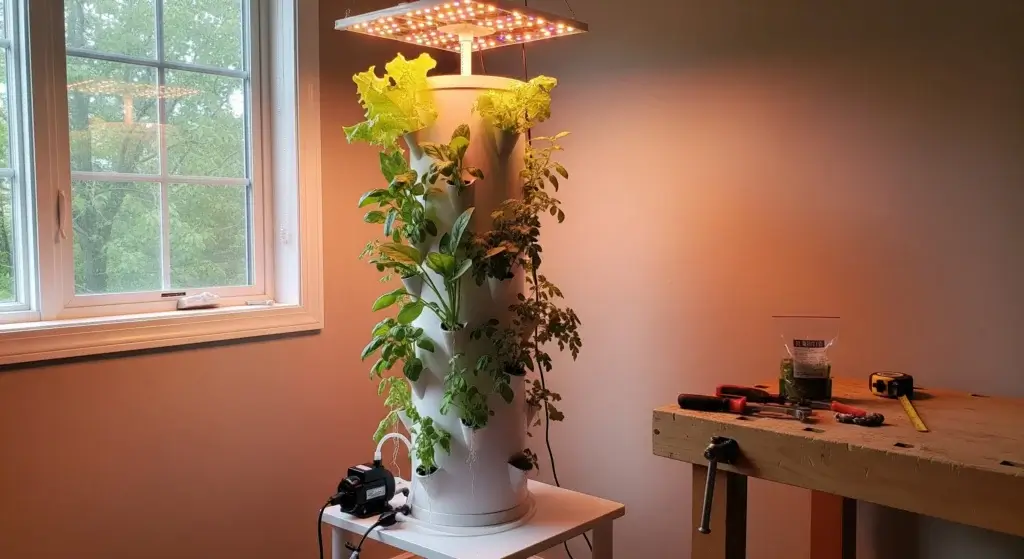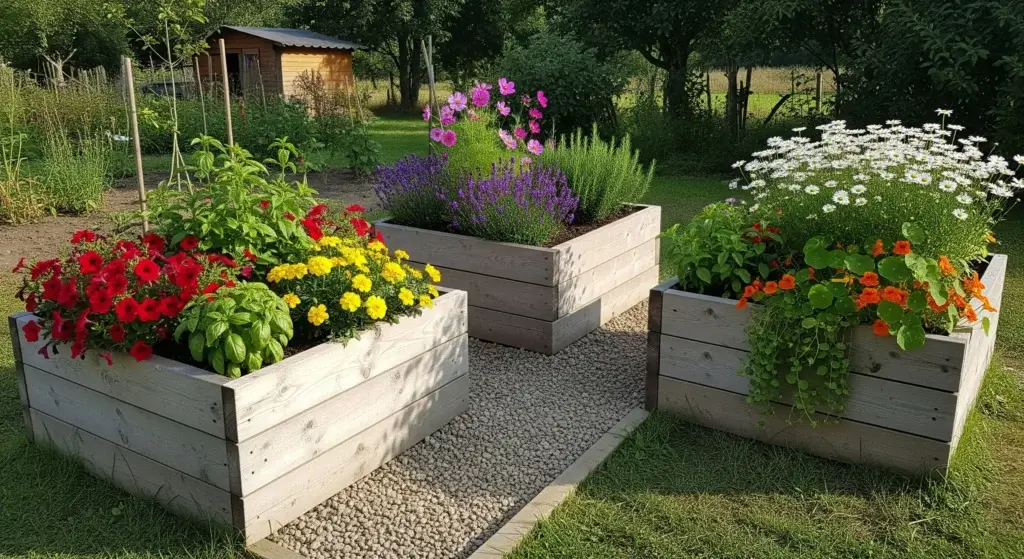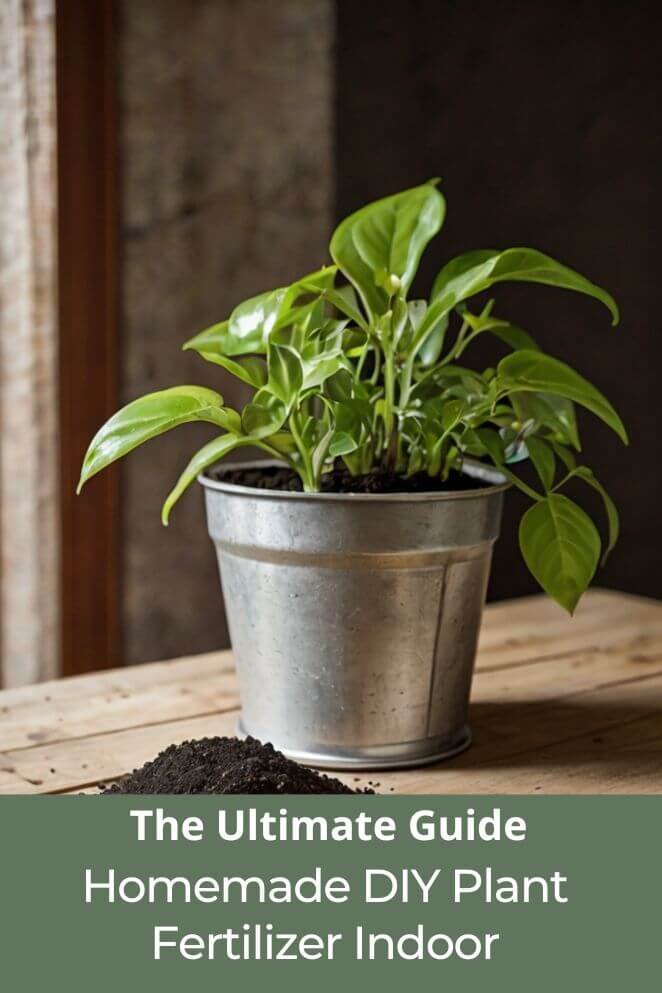
Keeping your indoor plants healthy and thriving requires more than just water and sunlight.
Fertilization plays a critical role in providing essential nutrients that indoor plants may not get from their potting soil.
The great news is that you can make your own DIY plant fertilizers using everyday kitchen scraps!
In this post, we’ll cover why fertilizing your indoor plants is important, explore the main nutrients plants need, and provide step-by-step DIY fertilizer recipes.
Importance of Fertilizing Indoor Plants
Preventing nutrient depletion
Indoor plants have limited soil, so they can quickly run out of essential nutrients.
Regular fertilizing replaces these nutrients, keeping your plants healthy and strong.
Encouraging growth
Good fertilization promotes robust growth and helps plants flourish.
Without it, plants might grow weakly or produce fewer flowers.
- Read also: A Comprehensive Guide: Inorganic vs Organic Fertilizers
- Read also: Feeding Your Florets: The Best Natural Fertilizers for Cauliflower
Preventing problems
Fertilizing helps plants fend off pests and diseases.
Without the right nutrients, plants are more likely to face health issues.
Avoiding common issues
Plants lacking nutrients might show problems like yellowing leaves or wilting.
Proper fertilizing helps prevent these issues and keeps your plants looking vibrant.
Eco-friendly and budget-friendly
Making your own fertilizer from kitchen scraps—like eggshells, coffee grounds, banana peels, and rice water—not only saves you money but also supports a greener lifestyle.
It’s a simple way to recycle and give your plants the nutrients they need.
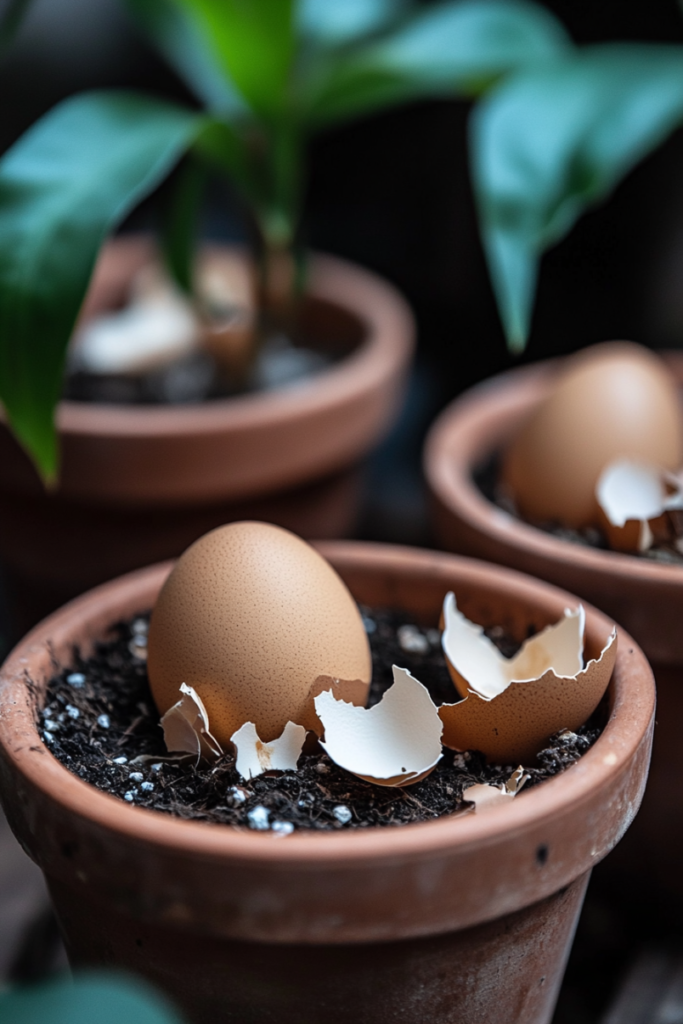
The Three Main Nutrients for Indoor Plants
When it comes to fertilizing plants, three primary nutrients are vital for healthy growth:
Nitrogen (N)
Nitrogen is responsible for the green, leafy growth in plants.
It helps plants create chlorophyll, which is essential for photosynthesis.
If your indoor plants look stunted or their leaves are yellowing, they might need more nitrogen.
For most indoor plants, a steady supply of nitrogen helps promote vigorous growth.
Phosphorus (P)
Phosphorus is crucial for healthy root development and helps plants bloom and produce fruit.
Phosphorus supports cell division, making it a key nutrient during the early stages of plant growth.
Plants with phosphorus deficiencies may show poor root systems, delayed flowering, or purple-tinted leaves.
Potassium (K)
Potassium boosts a plant’s overall health by strengthening its resistance to diseases and stress.
It also regulates water and nutrient transport within the plant.
A lack of potassium can cause weak stems and brown leaf edges.
Healthy potassium levels ensure that your indoor plants remain vibrant and resilient.
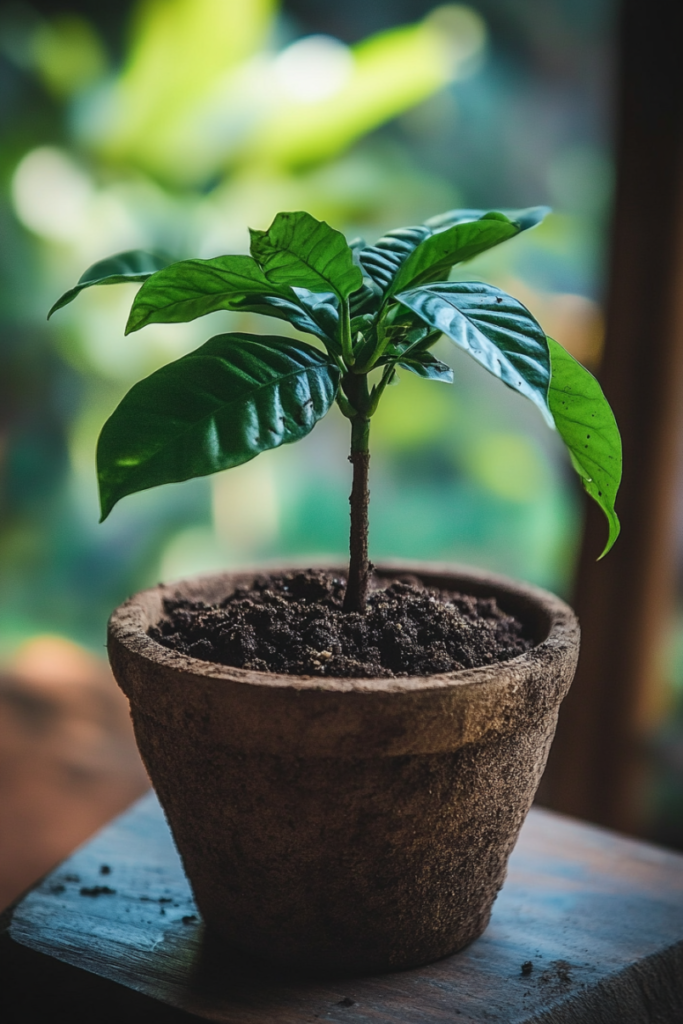
DIY Fertilizer Recipes
Let’s explore some simple DIY fertilizer recipes you can make using items from your kitchen.
These natural fertilizers are rich in the N-P-K nutrients your indoor plants crave.
Eggshells as a phosphorus source
Eggshells are a great source of phosphorus and calcium, both of which are important for root development.
How to prepare eggshells
- After cooking with eggs, rinse the shells thoroughly.
- Allow the shells to dry completely.
- Once dry, grind the eggshells into a fine powder using a blender or mortar and pestle.
Using eggshells in fertilizer
- Mix the ground eggshells directly into your plant’s soil.
- Alternatively, create an eggshell fertilizer tea by steeping the ground shells in water for a few days, then use the water to nourish your plants.
Coffee grounds as a nitrogen source
Coffee grounds are rich in nitrogen, making them perfect for boosting leafy growth.
Preparing coffee grounds
- Collect used coffee grounds and allow them to dry.
- If the grounds are clumpy, you can grind them further to make them easier to distribute.
Using coffee grounds
- Sprinkle the dried grounds on the surface of your soil.
- Alternatively, make a fertilizer tea by steeping the coffee grounds in water for a day or two before using the liquid to water your plants.
Banana peels as a potassium source
Banana peels are an excellent source of potassium, which helps plants stay healthy and resist diseases.
Preparing banana peels
- Allow the banana peels to dry completely.
- Cut the dried peels into small pieces or grind them into a powder.
Using banana peels
- Add the dried banana peels or powder directly to the soil around your plants.
- You can also make a banana peel tea by soaking the peels in water for a few days and using the resulting liquid to water your plants.
Rice water as a nutrient-rich fertilizer
Rice water, the water left over after washing rice, contains various nutrients that benefit plants, including small amounts of nitrogen and phosphorus.
Preparing rice water
- After washing your rice, save the water.
- Let the rice water cool before using it as a fertilizer.
Using rice water
Use the cooled rice water to water your plants as you normally would.
This mild fertilizer is great for sensitive plants.
Potato water as a starch-rich fertilizer
Potato water, the water left over after boiling potatoes, contains starch and other nutrients that can benefit plants.
Preparing potato water
- Save the water after boiling potatoes, ensuring it’s unsalted.
- Let the water cool down completely.
Using potato water
Use the cooled potato water to water your plants.
It provides a gentle nutrient boost and can help promote healthy plant growth.
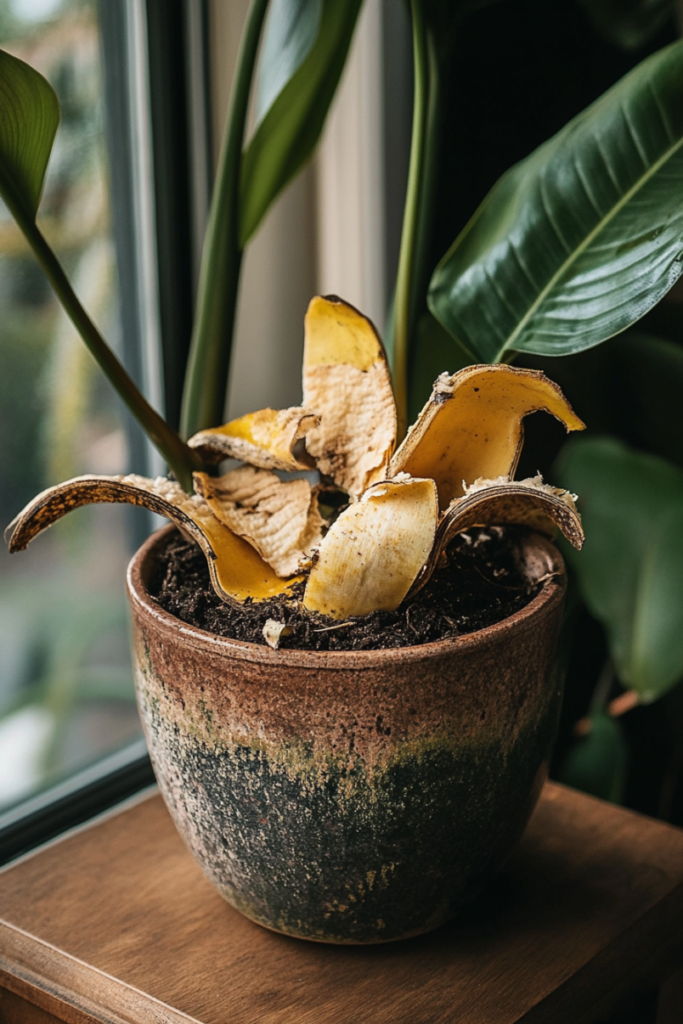
Tips and Precautions for DIY Fertilizers
While DIY fertilizers are a fantastic way to nourish your plants naturally, there are a few important tips and precautions to keep in mind.
Avoid over-fertilizing
More fertilizer isn’t always better.
Too much can cause “nutrient burn,” making the tips of your plant’s leaves turn brown or yellow.
Start with a small amount and increase gradually if needed.
Remember to alternate fertilizing with regular watering to keep everything balanced.
Understand plant needs
Different plants have different fertilization requirements.
Research each plant’s specific needs.
For instance, succulents require less nitrogen than leafy plants like ferns or herbs.
Tailor your DIY fertilizer to meet these needs.
Store and handle properly
Keep your DIY fertilizers in airtight containers in a cool, dry place to maintain their effectiveness.
For liquid fertilizers, use them within a few days to avoid spoilage and unpleasant smells.
Proper storage helps ensure your fertilizers stay fresh and effective.
- Read also: Ditch the Chemicals! Effective Natural Fertilizers For cabbage
- Read also: Pros and Cons of Inorganic Fertilizers: A Comprehensive Guide for Gardeners

Final Thoughts
Making your own DIY plant fertilizer for indoor plants is a great way to keep your plants thriving while reducing waste.
By using household items like eggshells, coffee grounds, banana peels, rice water, and potato water, you can provide your plants with the essential nutrients they need—without spending a fortune.
FAQs
It’s best to fertilize indoor plants once a month during their growing season (spring and summer). Reduce fertilization in fall and winter, as most plants go dormant during this time.
Yes, you can mix and match different DIY fertilizers to target specific nutrient needs. For example, you might combine coffee grounds (for nitrogen) with banana peels (for potassium) for a more balanced fertilizer.
Yes, but make sure to use only plant-based kitchen scraps that are free from oils, salt, or seasoning. These can harm plants or attract pests.
Most DIY fertilizers are suitable for a wide range of indoor plants, but always check the specific needs of each plant species before applying any fertilizer.


